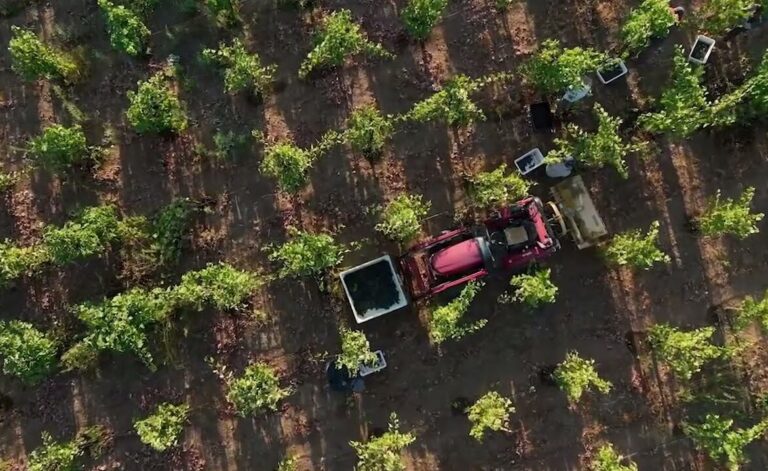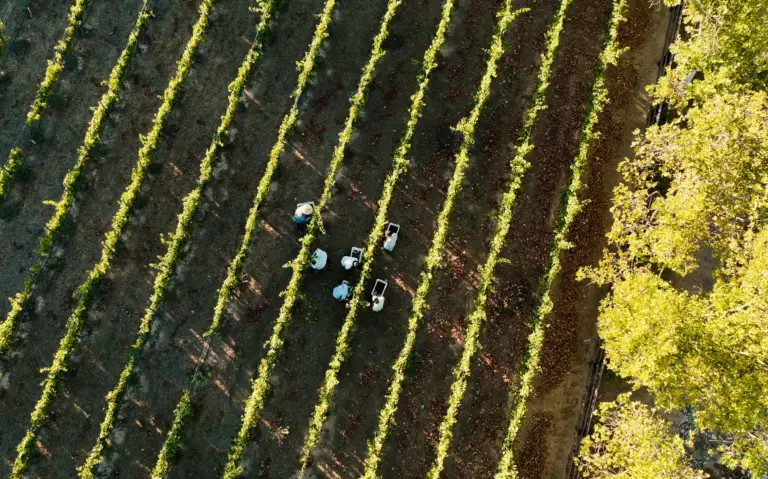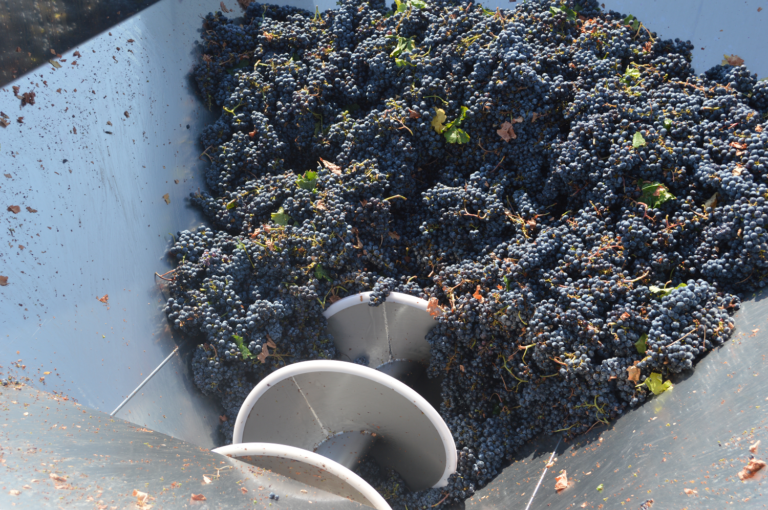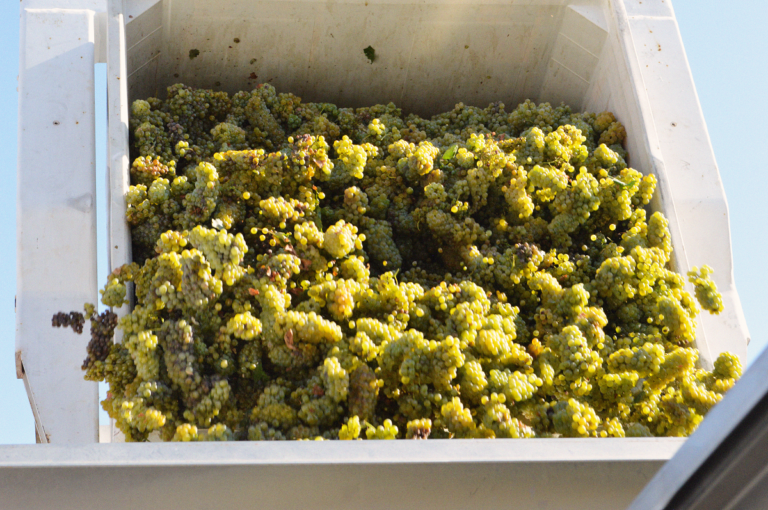Nestled in Southern California, the Temecula Valley is a winemaking region that often flies under the radar compared to its northern neighbors like Napa and Sonoma. But those in the know recognize that this hidden gem offers an exceptional terroir that produces high-quality wines with distinct characteristics. From its unique climate and diverse soils to the meticulous care taken in vineyard management, Temecula Valley offers a winemaking landscape that is truly one of a kind. In this blog, we’ll explore what makes the region special for winemaking, highlighting vineyard sites like La Cresta and San Ignacio, and discussing how these factors contribute to producing exceptional wines.
What is Terroir?
Before diving into the specifics of Temecula Valley, it’s important to define what “terroir” means in winemaking. Terroir refers to the combination of natural environmental factors that affect a vineyard, including soil, climate, topography, and the overall ecosystem. These elements work together to influence the flavor, aroma, and texture of the wine. In essence, terroir is the sense of place that a wine carries—it’s the natural expression of the land, and it’s what sets wines from different regions apart from one another.
Climate: The Mediterranean Influence
One of the defining features of Temecula Valley is its Mediterranean-style climate, which is ideal for growing a wide range of grape varieties. Located just 22 miles from the Pacific Ocean, Temecula Valley benefits from coastal breezes that flow through the Rainbow Gap, a gap in the mountain range to the west. These oceanic influences help regulate temperatures, providing warm days and cool nights—a significant diurnal temperature variation that is crucial for grape ripening.
- Warm Days and Cool Nights
The combination of warm, sunny days and cooler evenings allows the grapes to develop rich, concentrated flavors while retaining the natural acidity that gives wines their balance. This diurnal shift slows the ripening process, giving the grapes time to develop complexity. For red varieties like Cabernet Sauvignon and Syrah, the heat helps develop tannin and color, while the cool nights preserve acidity and freshness. - Low Rainfall and Dry Growing Seasons
Temecula Valley receives relatively little rainfall, especially during the growing season. This dry climate reduces the risk of rot and mildew, which are common challenges in wetter regions. Controlled irrigation is often used to give the vines just the right amount of water, promoting deep root growth and resilience.
The Diversity of Soils: The Foundation of Wine Quality
Another critical factor in Temecula Valley’s terroir is its soil diversity. The region’s soils are predominantly decomposed granite, which offers excellent drainage—essential for preventing waterlogging and promoting healthy vine growth. Well-draining soils encourage vines to grow deep roots, which allows them to access nutrients and water more efficiently.
- Granite-Based Soils
Decomposed granite soils are rocky and mineral-rich, which can add subtle mineral notes to wines, particularly whites like Chardonnay and Viognier. These soils also tend to be low in nutrients, which may sound like a disadvantage, but in the world of winemaking, it actually encourages vines to struggle just enough to produce smaller, more concentrated grapes. The result is wines with deeper color, more intense flavors, and higher tannin levels—qualities highly prized in red wines like Cabernet Sauvignon and Syrah. - Alluvial Soils
In some areas of the valley, particularly near riverbeds, you’ll find alluvial soils, which are composed of clay, silt, sand, and gravel. These soils are fertile and provide a rich environment for grapevines to thrive, contributing to the fruit-forward characteristics of wines like Zinfandel and Merlot. Alluvial soils also retain moisture better than granite-based soils, making them ideal for vineyard sites where irrigation is less frequent.
The Influence of Altitude: La Cresta and San Ignacio Vineyards
Temecula Valley’s topography also plays a vital role in shaping its wines, with elevations ranging from about 1,400 feet on the valley floor to over 2,500 feet in the surrounding hills. Vineyards situated at higher elevations, such as La Cresta and San Ignacio, experience cooler temperatures, which can slow the ripening process even further, resulting in wines with heightened aromatics and balanced acidity.
- La Cresta Vineyards
Located high above the valley floor, La Cresta Vineyards are among the premier vineyard sites in the region. The higher elevation provides cooler temperatures and misty mornings, which help preserve acidity in the grapes. La Cresta is home to some of the valley’s top Cabernet Sauvignon and Syrah plantings, known for their bold flavors and age-worthy tannins. The soil here is rocky and well-draining, contributing to the concentrated fruit flavors found in wines from this site.
Joe Wiens, Director of Winemaking at Wiens Cellars, says, “La Cresta produces some of the most concentrated fruit we work with. The cooler mornings help maintain the acidity, while the warm afternoons allow the grapes to ripen fully, giving us wines with power and finesse.”
- San Ignacio Vineyard
The San Ignacio Vineyard is another standout site, located about 7 miles east of Wiens Cellars’ estate. This vineyard, planted entirely with Bordeaux varietals like Cabernet Sauvignon, Merlot, Malbec, and Carmenere, is known for its challenging growing conditions. The vineyard requires meticulous care and attention, but the rewards are high. The wines produced from San Ignacio are concentrated, structured, and age-worthy.
“San Ignacio is what we call ‘Unforgiving.’ The vines here demand a lot of work, but the end result is worth it—a rich, full-bodied wine that reflects the hard work and dedication it takes to grow these grapes,” says Brian Marquez, Winemaker at Wiens Cellars.
Temecula’s Varietals: A Diverse Range of Grapes
Temecula Valley is home to a wide variety of grape varietals, from bold reds like Cabernet Sauvignon, Syrah, and Zinfandel, to crisp whites like Chardonnay, Sauvignon Blanc, and Viognier. The region’s versatile terroir allows for the cultivation of both warm and cool climate grapes, making it a haven for winemakers looking to experiment and showcase different styles.
- Cabernet Sauvignon
Often considered the king of red wines, Cabernet Sauvignon thrives in Temecula Valley’s warm days and cool nights. The climate allows the grapes to develop bold fruit flavors like blackberry and blackcurrant, while the well-draining soils help maintain firm tannins and acidity. Temecula Cabernet Sauvignons are known for their balance, with both fruit-forward and earthy characteristics. - Syrah
Syrah, another standout varietal in Temecula, benefits from the valley’s warm, sunny days. The grape’s natural spiciness and depth of flavor are enhanced by the region’s rocky soils and Mediterranean climate, resulting in wines that are both powerful and refined. Syrah from the La Cresta Vineyard is especially notable for its smoky, peppery character and deep concentration. - Chardonnay
While Temecula Valley is more commonly associated with red wines, its whites should not be overlooked. Chardonnay, in particular, thrives in the valley’s granite soils, which give the wine a subtle mineral backbone. The cooler nighttime temperatures help preserve the grape’s acidity, resulting in a crisp, refreshing wine with notes of green apple, pear, and citrus.
The Future of Temecula Valley Wine
As Temecula Valley continues to gain recognition in the wine world, the region is poised for even greater success. With a terroir that allows for the cultivation of a wide range of varietals and a community of passionate winemakers dedicated to producing high-quality wines, Temecula is well on its way to becoming a premier wine destination.
“We’ve seen a lot of growth in the region over the past decade,” says Antwoine Moe, Cellar Master at Wiens Cellars. “The wines coming out of Temecula are getting better each year, and people are starting to notice. It’s an exciting time to be a winemaker here.”
A Terroir to Be Celebrated
The unique terroir of Temecula Valley is what sets it apart as a wine-growing region. From its Mediterranean climate and diverse soils to its high-altitude vineyards and carefully cultivated grape varietals, every element works in harmony to create wines that are expressive, balanced, and full of character. Whether you’re sipping a bold Cabernet Sauvignon from La Cresta or a crisp Chardonnay from the valley floor, you’re experiencing the true essence of Temecula Valley’s terroir.
So the next time you pour a glass of wine from Temecula, take a moment to appreciate the land, the climate, and the people behind it. Each bottle is a testament to the region’s unique terroir and the passion that goes into every vintage.




